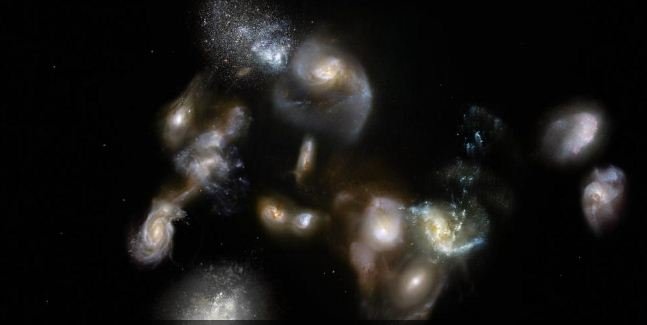The Atacama Desert in Chile is one of the most inhospitable places on the planet, at least for most living creatures. Sometimes only 8mm of rain falls every year, and a crust of salt has covered the ground. Yet scientists have discovered microbes and communities of bacteria that survive 25 cm below the surface.
During the long years of drought, they remain dormant and revive when a little water presents itself. The Atacama is the Earth’s environment closest to the surface of Mars. For the astrobiologist Dirk Schulze-Makuch, of the Berlin Technical University, who observed these surviving organisms, they represent a hope of one day discovering a Martian life.
The Pitch Lake on the island of Trinidad is the largest lake in the world of asphalt. However, in this mass of hydrocarbons, the team of Rainer Meckenstock, Helmholtz Zentrum of Munich (Germany) found microbes that survive in micro-drops of water.
Bacteria and archaea (cells without cores) have developed a real ecosystem in these small traces of water lost in an immensity of asphalt. These organisms dispense with oxygen and consume hydrocarbons.
On Titan, the foggy moon of Saturn, hydro-carbons lakes cover part of the surface, and it would also have groundwater. Conditions very similar to that of Pitch Lake, and in which microscopic organisms could live.
In the Mponeng gold mine in South Africa, a bacteria-like no other proliferates more than 2 and a half kilometers below the surface of the Earth. Candidatus Desulforudis audaxviator is its name, living in total darkness, in 60-degree underground aquifers, without oxygen or organic compounds for food.
This organism has evolved to use the natural radioactive decay of surrounding uranium. In a way, it works with nuclear energy instead of solar. For a group of Brazilian researchers led by Thiago Altair Ferreira, Mponeng is a good analog for the conditions prevailing at the bottom of the oceans of Europe, a moon of Jupiter. Desulforudis audaxviator would feel at home.
One kilometer deep, in the Okinawa marine basin, there is a species of archaea called Methanothermococcus okinawensis . This creature can survive near hydrothermal vents, in extremely salty and alkaline hot water, rich in carbon dioxide, it consumes hydrogen and produces methane.
[wp_ad_camp_3]For the team of Ruth-Sophie Taubner, from the Department of Astrophysics at the University of Vienna (Austria), the conditions at the bottom of the oceans of Enceladus, a moon of Saturn, would allow the development of Methanothermococcus. The presence of similar organisms could also explain the methane emissions detected in the steam jets observed on the surface of Enceladus.
Without the need for light or oxygen, consuming radioactivity or hydrogen, these microscopic organisms that manage to live in the most extreme environments of our planet show that life is possible elsewhere. It only remains to go and get her …
 MobiTechInfo
MobiTechInfo








